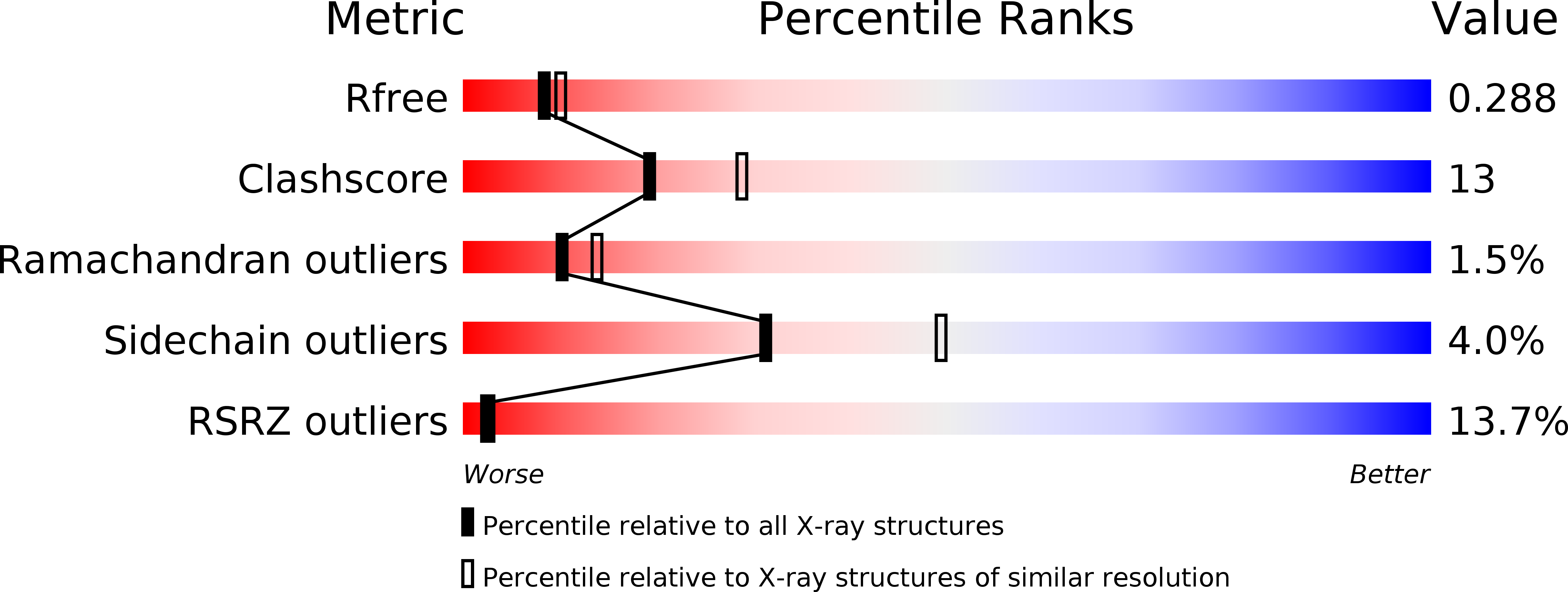
Deposition Date
2012-05-27
Release Date
2012-10-17
Last Version Date
2023-09-13
Entry Detail
PDB ID:
4FDC
Keywords:
Title:
Crystal structure of the E493V mutant of human apoptosis inducing factor (AIF)
Biological Source:
Source Organism:
Homo sapiens (Taxon ID: 9606)
Host Organism:
Method Details:
Experimental Method:
Resolution:
2.40 Å
R-Value Free:
0.29
R-Value Work:
0.25
R-Value Observed:
0.25
Space Group:
C 1 2 1


